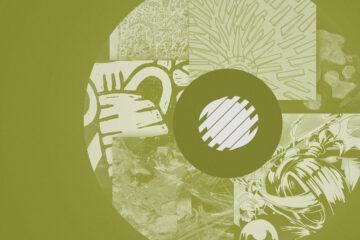What started as a women’s trend hit the men’s runway a season later: all-over prints. For S/S 2012 Prada featured T-Shirts covered in fifties, cartoonish pastel prints of couples dancing, surfing, boating and golfing inspired from a vintage shirt found in Miami. Now it seems that the all-over print thing has trickled down to more attainable street wear brands with shirts covered in clashing colors that could burn retinas and bold patterns alongside some more subdued, detailed designs.
The T-Shirt has always been a means to express taste and thoughts. The T-Shirt wasn’t always used to show off logos, affiliations or taste in music – it used to be a strictly functional undergarment worn by working-class men and the U.S Navy. T-Shirts during the Spanish-American War were crew-necked, short-sleeved and white. Classic. During hot climates it became normal for sailors and Marines to remove their jackets to expose their undergarment. After WWII veterans began wearing their uniform trousers paired with just a T-Shirt as casual clothes. Marlon Brando, who also gave the wife beater fashion credibility in the movie »A Streetcar Named Desire«, further helped to establish the T-Shirt as a garment able to function on its own. Fast forward a couple of decades and T-Shirts began to be used as a tool for political and social activism like Katharine Hamnett’s T-Shirts bearing slogans like »Education not Missiles« and »Choose Life«. The T-Shirt was also a creative outlet for teenagers of subcultures: Hippie tie-dye shirts or Punk safety-pinned shirts.
Now, with the all-over print T-shirt, the message isn’t so clear. Aesthetics rather than content seem to be the focus now: paisley, camouflage or tribal designs. More is more. Clashing has replaced matching. You might not know where the hell paisley originates from but who cares – it’s just a T-shirt after all. At least right now it is.

The Unraveled Thread – The Baseball Cap
Essay








